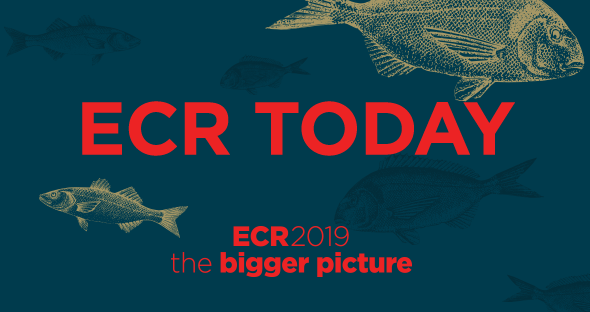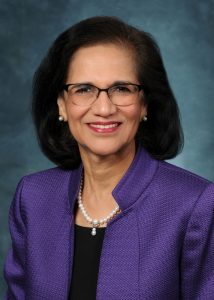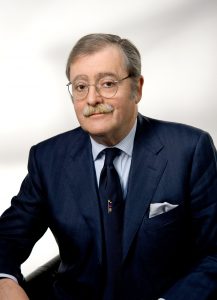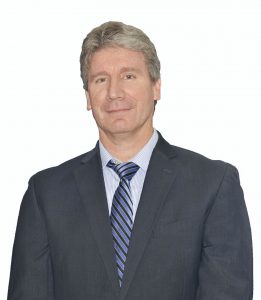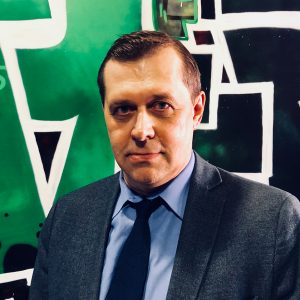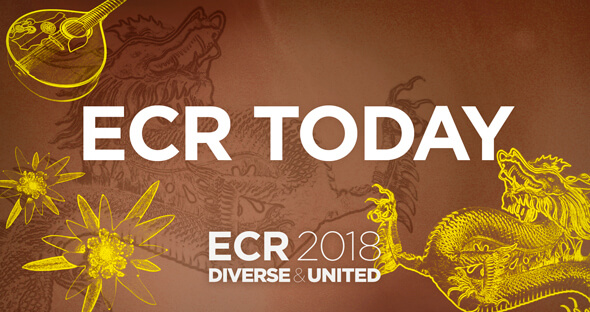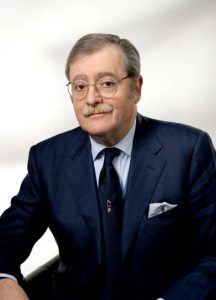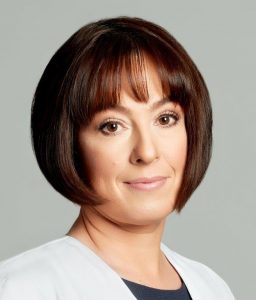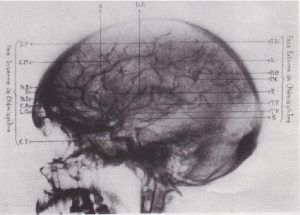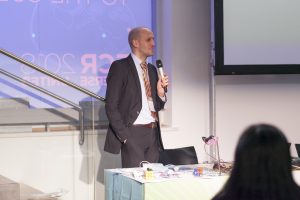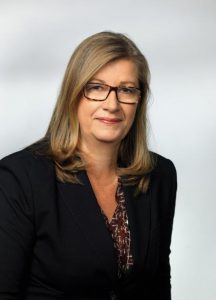Spotlight on radiology in Uganda
Michael Grace Kawooya is a Professor of Radiology at the Ernest Cook Ultrasound Research and Education Institute and Professor Emeritus at the Makerere University College of Health Sciences in Kampala, Uganda. He has done much for the development of radiology in his country and the rest of Africa, but says efforts must continue to increase the number of radiologists and range of equipment, and to raise awareness of radiation safety. Kawooya believes Africa can learn a lot from European advances. His contributions to improving bilateral cooperation will be rewarded today as he receives ESR Honorary Membership.
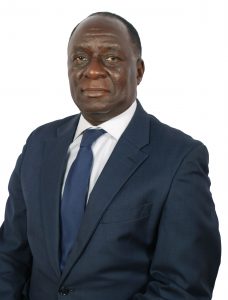
Professor Michael G. Kawooya’s contributions to improving bilateral cooperation between Africa and Europe will be rewarded today as he receives ESR Honorary Membership.
ECR Today: How much has radiology advanced in Uganda?
Michael Grace Kawooya: Back in the late 1980s, radiology was very new to medical practice in Uganda, and its contribution to healthcare was not well understood. It was not given priority and was underfunded. There were only two radiologists in the country when I finished my residency and we were overwhelmed with work. Doctors were not willing to undertake radiology residency, fearing that radiologists didn’t earn much. Equipment was scanty and often malfunctioning. Many of these challenges still exist today, but to a lesser extent. Radiology is better understood and its role is now evident. The number or radiologists has increased to almost 70. This year alone, 20 doctors took up radiology residency. The number and range of equipment has also increased.
ECRT: Are there any regional trends in radiology in Africa?
MGK: The same challenges facing radiology in Uganda bedevil most of Africa, but North Africa, which is largely Arabic, and South Africa, which is wealthier, face fewer challenges. In these parts of Africa, radiology has flourished more compared to Central, East, and West Africa. The radiologist-to-population ratio is approximately 1:67,000 in Egypt, 1:1,600,000 in Uganda and 1: 8,000,000 in Malawi. The more affluent regions have higher numbers and range as well as sophistication of imaging equipment. They have more radiology training institutions and undertake more research. Read more…
